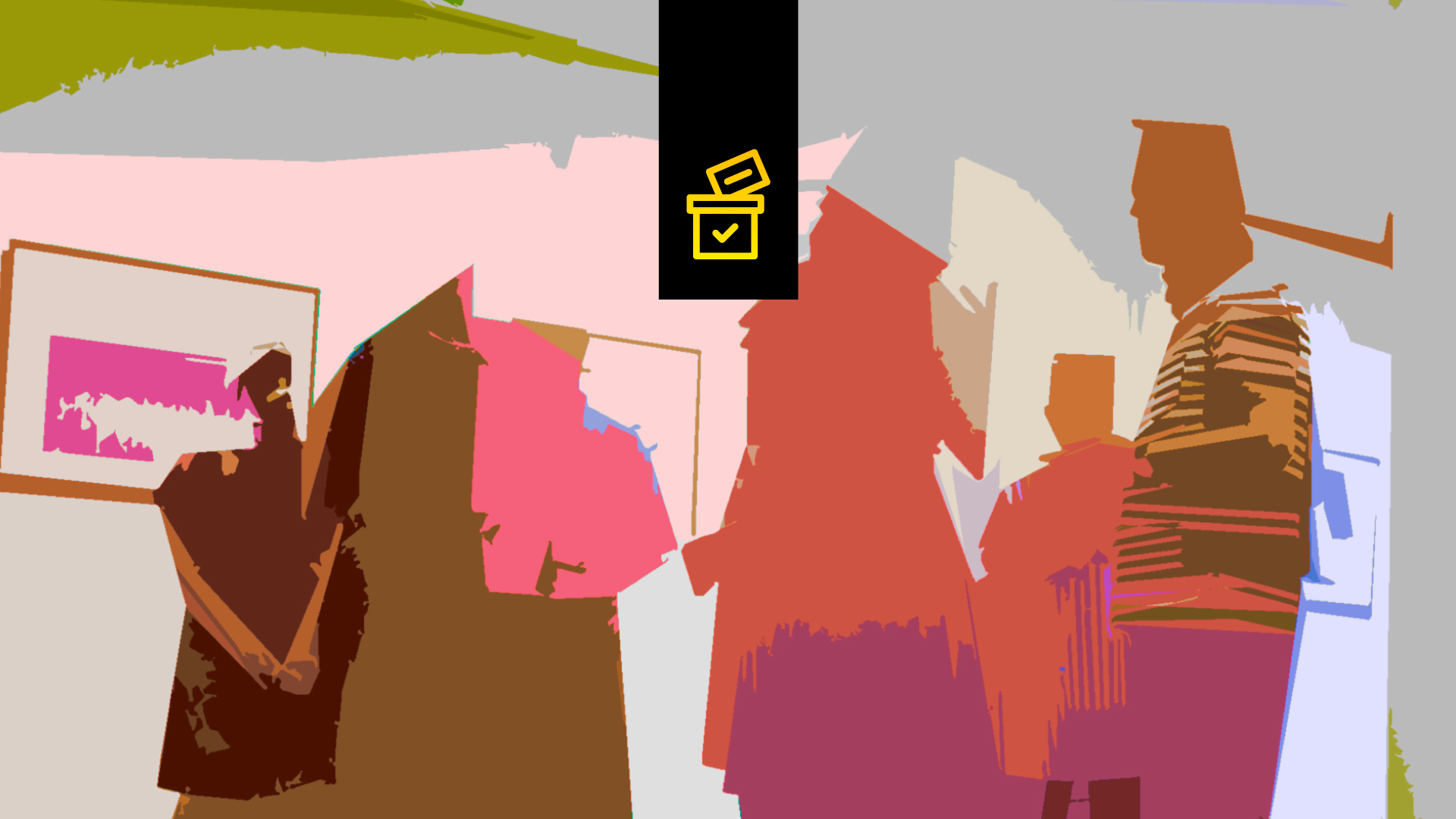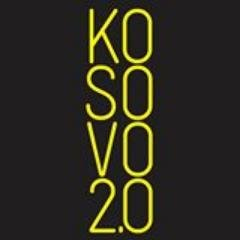
Elections 2021, a different perspective on arts and culture
Me zgjedhje gati çdo dy vjet, midis premtimeve të largëta, K2.0 dëgjon ide për zgjidhje.
|2021.02.10
|
"We have neglected to consider the access of Kosovo citizens to both production and experience of arts and culture."
"Competing narratives on art as critical, vs a form that reproduces existing inequalities is essential to have in mind."
"The cultural institutions should be released from the Ministry of Culture’s claws, which, I said, at the moment, controls them, blackmails and manipulates them how and when they want."

Kosovo 2.0
Kosovo 2.0 is a pioneering independent media organization that engages society in insightful discussion. Through our print and online magazines, debates and advocacy initiatives, we are dedicated to deepening the understanding of current affairs in Kosovo, the region and beyond.
This story was originally written in Albanian.